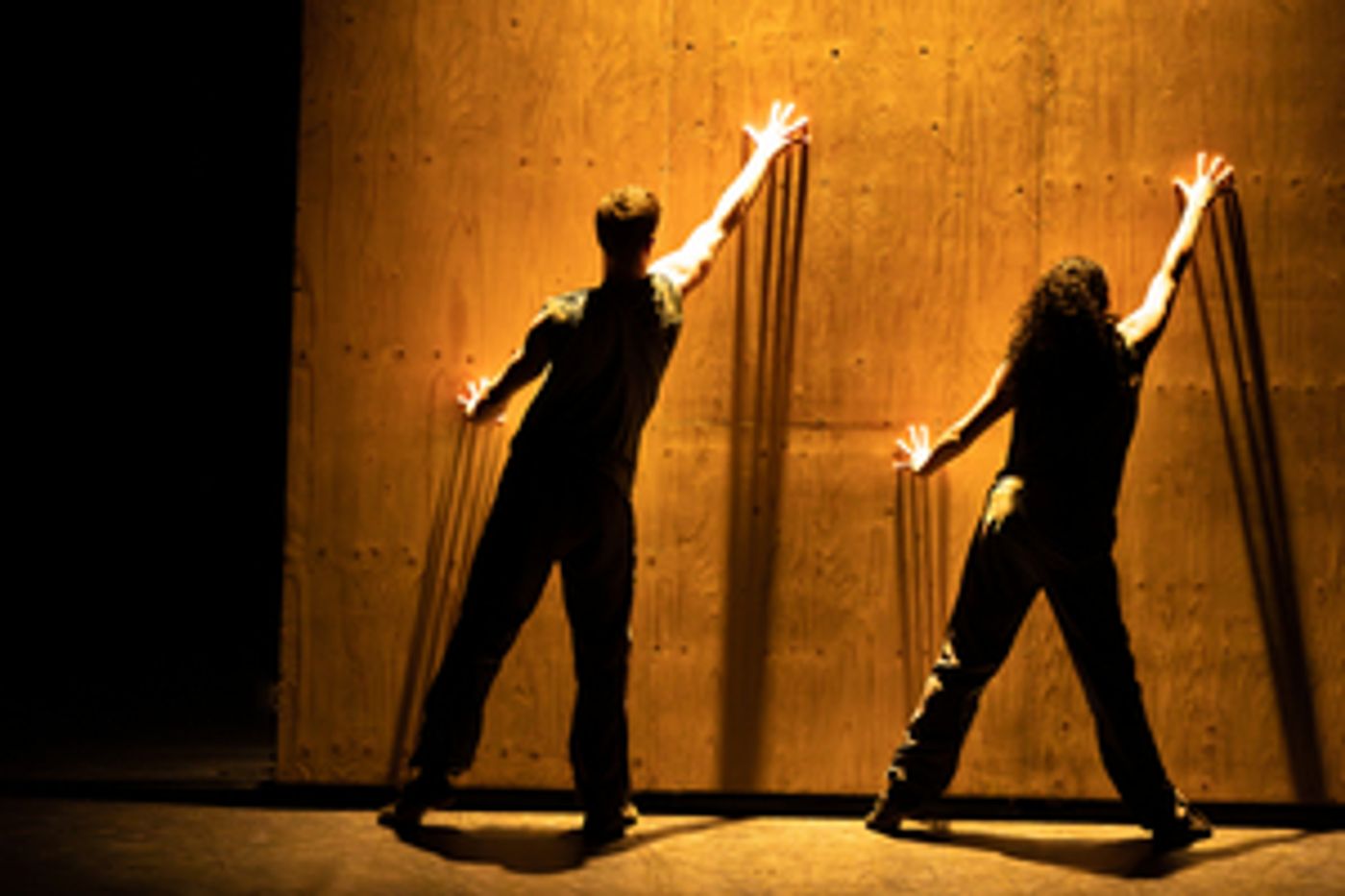Review: RUSSELL MALIPHANT DANCE COMPANY: VORTEX, Sadler's Wells
The Maliphant language has a sense of fluidity and connection like few others

![]() Vortices and abstract expressionism: easy-breezy inspo for the Russell Maliphant Dance Company (RMDC) then. But definitely not a problem for me. I'll take experimental over formulaic any day. And this isn't a new trend for the RMDC, as they've been taking a similar approach since their 1996 inception. But does experimentation guarantee success? I'd hope it's more about discovery...and that as we know, can go either way. So fasten your seatbelts!
Vortices and abstract expressionism: easy-breezy inspo for the Russell Maliphant Dance Company (RMDC) then. But definitely not a problem for me. I'll take experimental over formulaic any day. And this isn't a new trend for the RMDC, as they've been taking a similar approach since their 1996 inception. But does experimentation guarantee success? I'd hope it's more about discovery...and that as we know, can go either way. So fasten your seatbelts!
Russell Maliphant Dance Company present their latest work Vortex at Sadler's Wells until May 5, taking inspiration from abstract expressionism; specifically the artist Jackson Pollock, and chuck in a vortex theme for good measure. I've often found whirling dervish referencing in Maliphant's work to date - so accessing the naturalistic form seems like a good fit. And the promise of "elements of nature pouring to the floor" feels almost too visual in theory!
The blurb also mentions "light and shadow" which, for me, has taken precedence over the actual choreography in the past - though I'm here and open minded. But to put it bluntly: it's a thinker of a piece. And within those thoughts there are undoubtedly pros and cons.
The piece is both multilayered and sophisticated, and brought to fruition by a very talented group of creatives. The lighting design by Ryan Joseph Stafford is undeniably superb. Depth, texture (through abstract patterning) atmosphere, perspective and shape-shifting capabilities abound. The music score/scape by Katya Richardson takes one to many places, with clear similarities to the percussive rhythms of Reich, the melancholy nocturnes of Chopin, and the foreboding of Berlioz - all feeling pretty mega in the moment. And finally the 'props' by Maliphant himself, which fundamentally define the work by acting as a physical, and philosophical reference in order to take the observer on a tangible journey of expressionism through canvases; solid and material, vortex pendulums; a bucket on a string and a sand-spewing contraption, and a beast of a spinning platform. Think Yoann Bourgeois and you're heading in the right direction.
Choreographically I'm in two minds though. I've always appreciated the way Maliphant, previously himself, and now his dancers execute his choreography...but if analysed closely - I'm unsure of its standalone power. The Maliphant language has a sense of fluidity and connection like few others - and it translates very well onto/through dancers, suggesting a high level of 'organic' structure - though some might argue 'creation through improvisation' based tasks. But has it necessarily developed beyond itself? Take away the props and light design camouflage and what's left? A beautifully dynamic underpinning unquestionably - but elsewhere, quite simplistic movement in many ways. And where should our motion attention be focused? On a swinging bucket and dancing sand? Or the five dancers undulating insignificantly below them...?
This brings us to the bigger point, or perhaps the con. If you appreciate the piece in its totality, it's a success. Clearly being the work of someone who's mastered, or continues to master their art. But what discipline do they, and 'it' reside in? Furthermore, is this type of definition even necessary? If yes: the dance element could be perceived as lacking. There's movement absolutely. Powerful, effective movement even. But lose all the paraphernalia, and a lot of the dance component gravitas goes with it.
Dance has evolved, and for some, dance alone isn't enough anymore. But I wonder if through focusing on the overall effect of works, we've taken away from the value and significance, and consequently the developmental possibility of individual facets - like dance; and its potential choreographic structure and movement detail scope?
I didn't leave the theatre disappointed after Vortex - but I definitely wasn't jubilant either. I was left wondering how I'm meant to decipher and understand the work offered. In that fact, Maliphant has succeeded in realising a key theory of abstract expressionism: the concept of igniting creativity in the observer. And this was the case - as the action of the work definitely made a cerebral impact. But not in an obvious, commercial way, rather in a very subtle, Maliphant ebb and flow style technique. Posing big questions...yet leaving enough space for them to be contemplated, as opposed to hastily answered in the moment.
Russell Maliphant Dance Company: Vortex is at Sadler's Well until 5 May
Photo Credit: Roswitha Chesher
Reader Reviews
Videos

